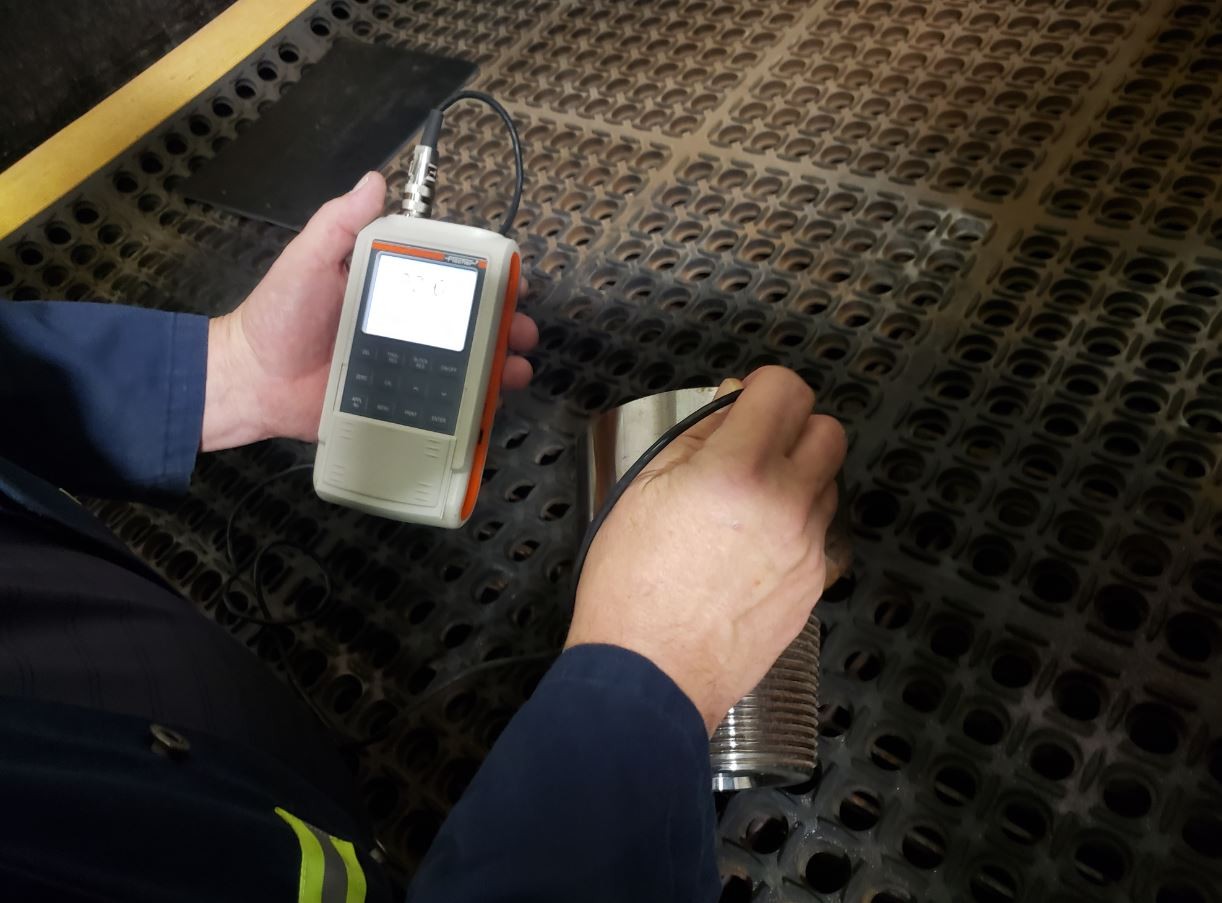Where equipment is exposed to pressure, heat, and corrosion—such as in oil and gas, power plants, and chemical processing—the metal chemistry is key. One small aspect that makes a huge difference is ferrite content. Yes, sounds like something only metallurgists care about, but ferrite level is key to making stainless steel components and welds last.
What Is Ferrite and Why Does It Matter
Ferrite is an iron magnetic phase found in certain stainless steels and welds. It’s not always detectable to the naked eye, but its presence or absence can have a great impact.
A controlled amount of ferrite keeps welding joints from cracking, especially where heat is intense. But excessive ferrite makes metal brittle. Insufficient ferrite, and welds can suffer from hot cracking, especially under load.
That’s the compromise. Ferrite testing establishes the amount of ferrite present so that materials are acceptable for performance and safety specifications.
How Ferrite Testing Is Done
There are a number of tests for ferrite levels, depending on the accuracy needed in the test result and the location where the test is performed:
Magnetic Induction: The most widely used. It uses a portable tester to sense the metal’s magnetic reaction. It’s quick, non-destructive, and usable in the field.
Metallographic Testing: A bit is ground and examined under a microscope. This is more accurate but removes a bit of material.
X-ray Diffraction or Chemical Testing: Laboratory tests are used when a lot of accuracy is needed. They’re typically saved for research or critical components.
Portable ferrite meters are used in most real-world applications instead. They provide accurate results without shutting down production.
Industries That Depend on Ferrite Testing
Ferrite testing is common in applications where the incorrect material properties would be a cause of failure:
Oil and Gas: Welded pipes in lines, tanks, and vessels must withstand harsh environments and hold up under pressure.
Power Generation: Boilers, steam lines, and nuclear components require minimal ferrite content to safely function under stress.
Chemical Production: Process equipment that handles corrosive chemicals has to withstand the possibility of cracking with time, which essentially comes down to accurate material control.
Small shops even use ferrite testing to ensure that they comply where they’re working with stainless steel. It’s not just for large infrastructure–any stainless weld project can make use of it.
Compliance with Industry Requirements
Industry groups like the American Welding Society (AWS) and ASTM International define ferrite content requirements for stainless steel in all but a few forms and welds. Standards exist for a purpose. Welds outside the recommended ferrite range tend to fail prematurely, leading to repair, delay, or safety issues.
Regular ferrite testing allows contractors and manufacturers to ensure their work meets standards. It also shows customers that quality control is in place.
It is More Than Just Compliance
While being in spec is a big reason for testing, there are other benefits besides. Early ferrite checks can detect issues before they become costly mistakes. It minimizes rework and is also friendly to longer life of service for important parts.
In a nutshell, it means that quality isn’t just about the boxes that need to be checked—it’s part of the way the job gets done.
Ferrite testing may not be the glamorous part of a job, but it’s a necessary step in guaranteeing that materials perform as they should. Whether it’s preventing weld cracking, sidestepping brittle failure, or complying with industry standards, ferrite content testing is a smart step for any stainless steel project.
For companies where safety and dependability are non-negotiable, this small test can make a big difference. Know more about ferrite testing in this article.


